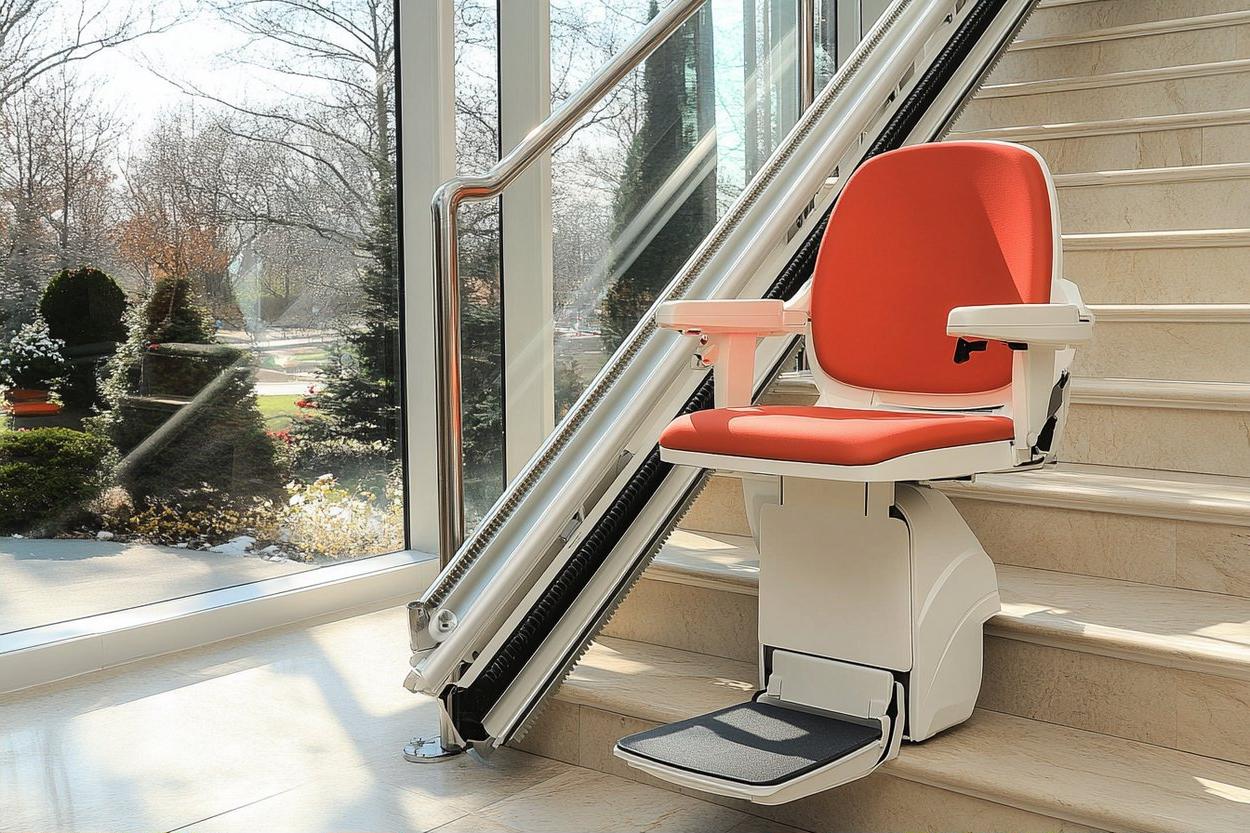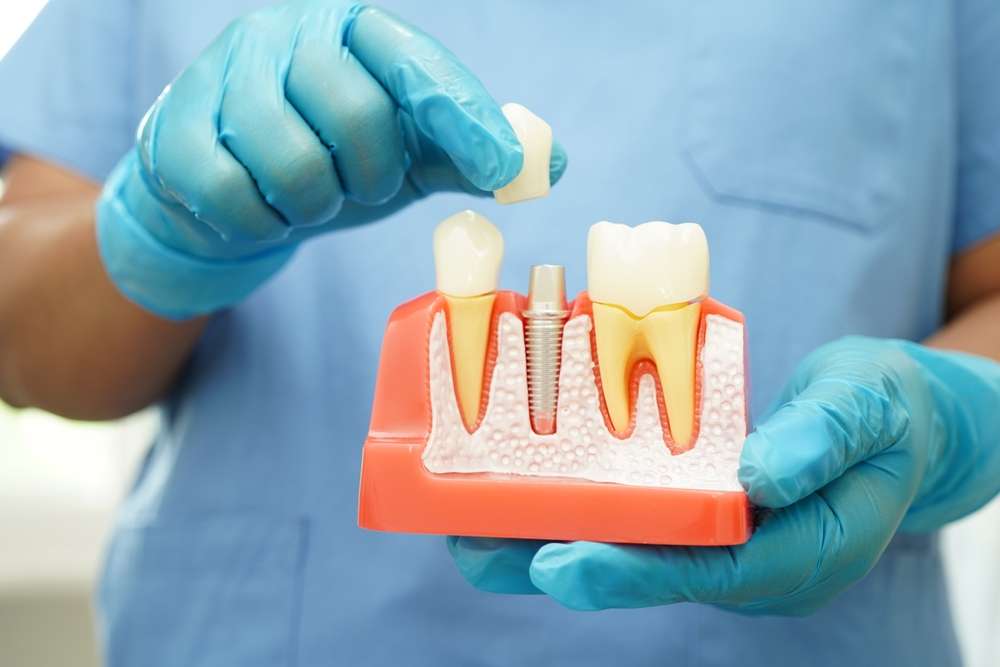Mobile Stairlifts for Enhanced Home Accessibility
Mobile stairlifts offer a practical solution for individuals with mobility challenges who need safe access to different levels of their homes. Unlike permanent installations, these portable devices provide flexibility and can be moved between locations as needed. Understanding the various options available, including power wheelchairs, lift equipment, and scooters for seniors, helps individuals make informed decisions about their mobility needs.

Mobility equipment has transformed how individuals with physical limitations experience their living spaces. As homes are often built with multiple levels, accessing different floors can present daily obstacles for those with reduced mobility, chronic conditions, or age-related physical changes. Mobile stairlifts address this challenge by providing a reliable, mechanised system that transports users safely up and down staircases, reducing the risk of falls and eliminating the strain associated with climbing stairs.
These devices have become increasingly popular across the United Kingdom, where many homes feature staircases that can become difficult to navigate. Understanding the various options, installation processes, and ongoing maintenance requirements helps homeowners make informed decisions about enhancing accessibility within their properties.
How Do Power Wheelchairs Support Indoor Mobility
Power wheelchairs represent a vital category of mobility equipment designed to assist individuals who require support beyond what manual wheelchairs or walking aids can provide. These electrically powered devices offer users the ability to move independently throughout indoor spaces without relying on physical strength or assistance from others. Modern power wheelchairs feature sophisticated control systems, often operated via joystick mechanisms, which allow precise navigation through doorways, around furniture, and across various floor surfaces.
For individuals with conditions affecting their upper body strength, coordination, or endurance, power wheelchairs provide essential freedom within the home environment. They typically include adjustable seating, customisable controls, and various speed settings to accommodate different user needs and spatial constraints. When combined with other accessibility solutions such as stairlifts, power wheelchairs enable comprehensive mobility throughout multi-level homes, ensuring users can access all areas of their living space safely and comfortably.
What Lift Equipment Options Are Available for Homes
Homeowners seeking to improve accessibility have several lift equipment options to consider, each designed to address specific architectural challenges and user requirements. Straight stairlifts are the most common type, installed along staircases that run in a single direction without curves or landings. These systems are generally more straightforward to install and represent a cost-effective solution for many homes.
Curved stairlifts accommodate staircases with bends, turns, or intermediate landings, requiring custom rail systems designed to match the exact specifications of the staircase. Platform lifts, also known as wheelchair lifts, provide an alternative for users who remain in their wheelchairs or mobility scooters during transport. Vertical platform lifts function similarly to small elevators and can be installed indoors or outdoors to navigate short vertical distances.
Through-floor lifts offer another option, creating a permanent elevator shaft between floors and providing spacious accommodation for wheelchair users. Each type of lift equipment comes with distinct installation requirements, space considerations, and cost implications, making it essential for homeowners to assess their specific needs and property layout before making a selection.
Understanding Mobile Stairlifts Installation and Features
The installation process for mobile stairlifts begins with a comprehensive assessment of the staircase and surrounding space. Professional installers evaluate the staircase dimensions, angle, width, and structural integrity to determine the appropriate system and rail configuration. For straight staircases, installation typically takes between two to four hours, while curved systems may require several days due to the custom manufacturing of rails.
Modern stairlifts incorporate numerous safety and comfort features designed to enhance user experience. Standard features include safety belts or harnesses, swivel seats that facilitate easy mounting and dismounting, armrests, footrests, and obstruction sensors that automatically stop the lift if objects are detected in its path. Many models offer battery backup systems ensuring operation during power outages, smooth start and stop mechanisms to prevent jarring movements, and remote controls allowing users to call the lift to their floor.
Additional features may include adjustable seat heights, ergonomic designs to accommodate various body types, folding components to minimise space occupation when not in use, and weather-resistant materials for outdoor installations. The rail systems are typically mounted directly to the stair treads rather than the wall, preserving the structural integrity of the home and simplifying installation.
| Equipment Type | Typical Provider Examples | Cost Estimation |
|---|---|---|
| Straight Stairlift | Stannah, Acorn, Brooks | £2,000 - £4,500 |
| Curved Stairlift | Handicare, TK Access, Lifta | £6,000 - £12,000 |
| Platform Lift | Terry Lifts, Stiltz, Sesame Access | £8,000 - £20,000 |
| Through-Floor Lift | Wessex Lift Co, PLS Lift Services | £15,000 - £30,000 |
Prices, rates, or cost estimates mentioned in this article are based on the latest available information but may change over time. Independent research is advised before making financial decisions.
Maintenance and Safety Considerations for Mobility Equipment
Regular maintenance is crucial for ensuring the longevity, reliability, and safety of mobility equipment. Stairlifts should undergo professional servicing at least annually, during which technicians inspect mechanical components, test safety features, lubricate moving parts, and check electrical systems. Many manufacturers offer service contracts that include scheduled maintenance visits, emergency call-out services, and replacement parts coverage.
Users should also perform routine checks between professional services, including testing the safety belt, ensuring the seat swivels smoothly, verifying that obstruction sensors function correctly, and keeping the rail track clean and free from debris. Battery-powered systems require periodic battery replacement, typically every two to five years depending on usage frequency.
Safety considerations extend beyond mechanical maintenance to include user training and environmental factors. Proper instruction on operating controls, mounting and dismounting techniques, and emergency procedures ensures users can operate equipment confidently. Adequate lighting along staircases, removal of trip hazards, and ensuring sufficient space around the lift contribute to overall safety. For households with children or pets, additional safety measures such as key-operated controls or removable activation switches may be advisable.
Conclusion
Mobile stairlifts and related mobility equipment have become essential tools for maintaining independence and safety within homes across the United Kingdom. By understanding the various options available, from straight and curved stairlifts to platform and through-floor lifts, homeowners can select solutions that best match their specific needs and property configurations. Professional installation, combined with regular maintenance and attention to safety considerations, ensures these systems provide reliable service for years to come. As technology continues to advance, mobility equipment becomes increasingly sophisticated, offering enhanced comfort, safety features, and user-friendly operation that genuinely transforms home accessibility for individuals facing mobility challenges.



